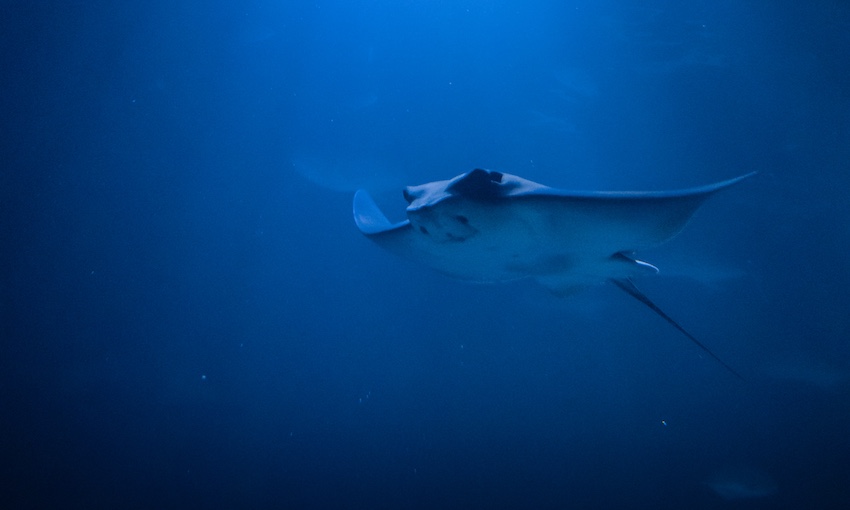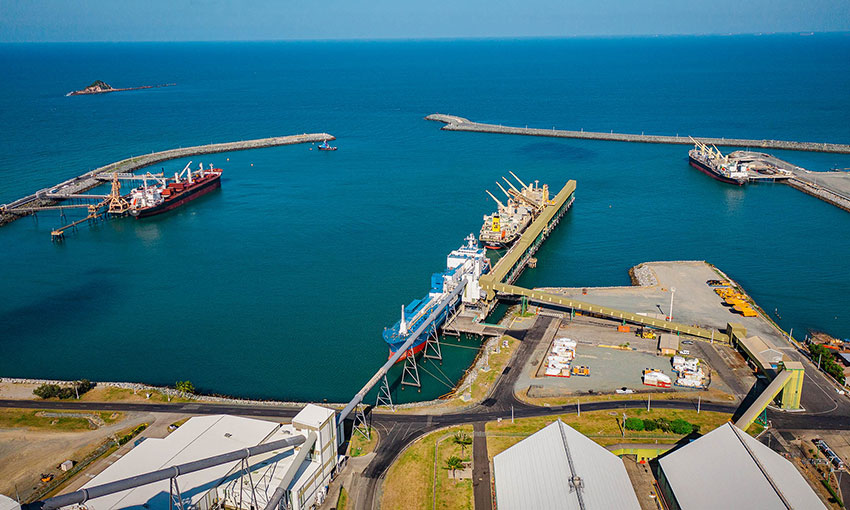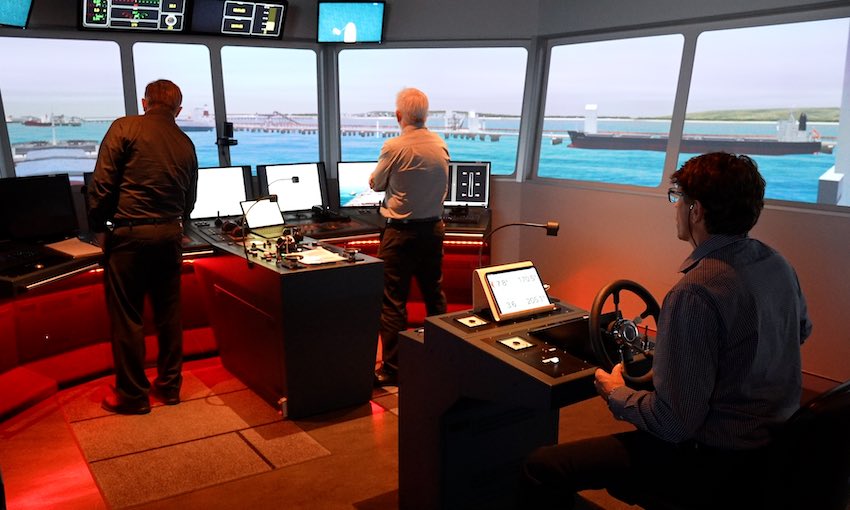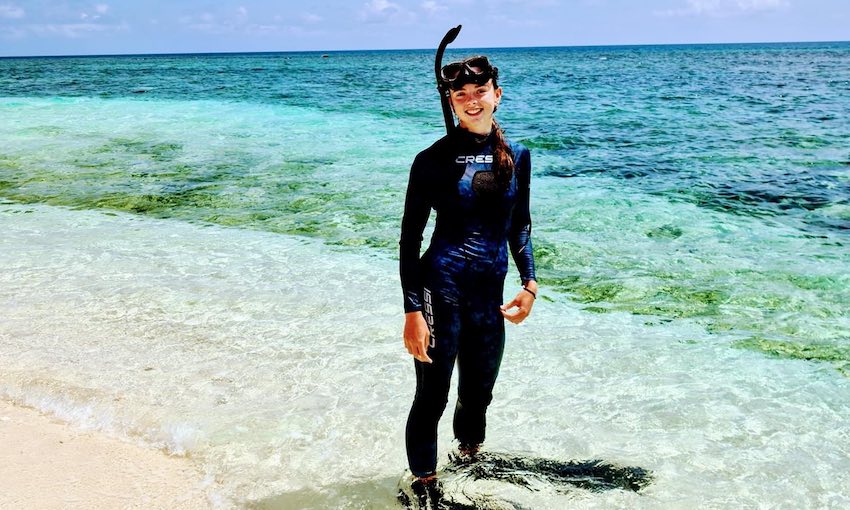RESEARCH funded by North Queensland Bulk Ports has shed light on how manta rays travel and connect with habitats in the Great Barrier Reef.
Scientists from James Cook University are studying manta ray aggregation at Holbourne Island, photographing the mantas’ markings and deploying satellite tracking tags.
The data from the tracking tags will feed into BioTracker and into a broader national research program called Project Manta, which looks at manta behaviour, movement patterns and population dynamics in Australia.
With support from NQBP, the JCU team plans to continue to work with Adam Barnett and Ingo Miller from Biopixel Oceans Foundation to gather information about the manta rays.
Katie Chartrand, lead scientist of the JCU-NQBP coral monitoring program, said with limited data on manta populations within the central Great Barrier Reef, the newly identified site at Holbourne Island offers a valuable opportunity to capture images of mantas and track population movements.
“We know this manta aggregation at Holbourne Island is attributed to a cleaning station,” Dr Chartrand said.
“This is where smaller fish species diligently remove dead skin, bacteria, and parasites from manta rays and other larger marine animals.
“These cleaning stations are fixed to where the cleaning fish set up shop, meaning we will be able to reliably document animals visiting over a long period of time.”
NQBP said it has a long-standing marine monitoring partnership with JCU, with scientists undertaking extensive ambient marine environmental monitoring of water quality, coral and seagrass for more than two decades.




